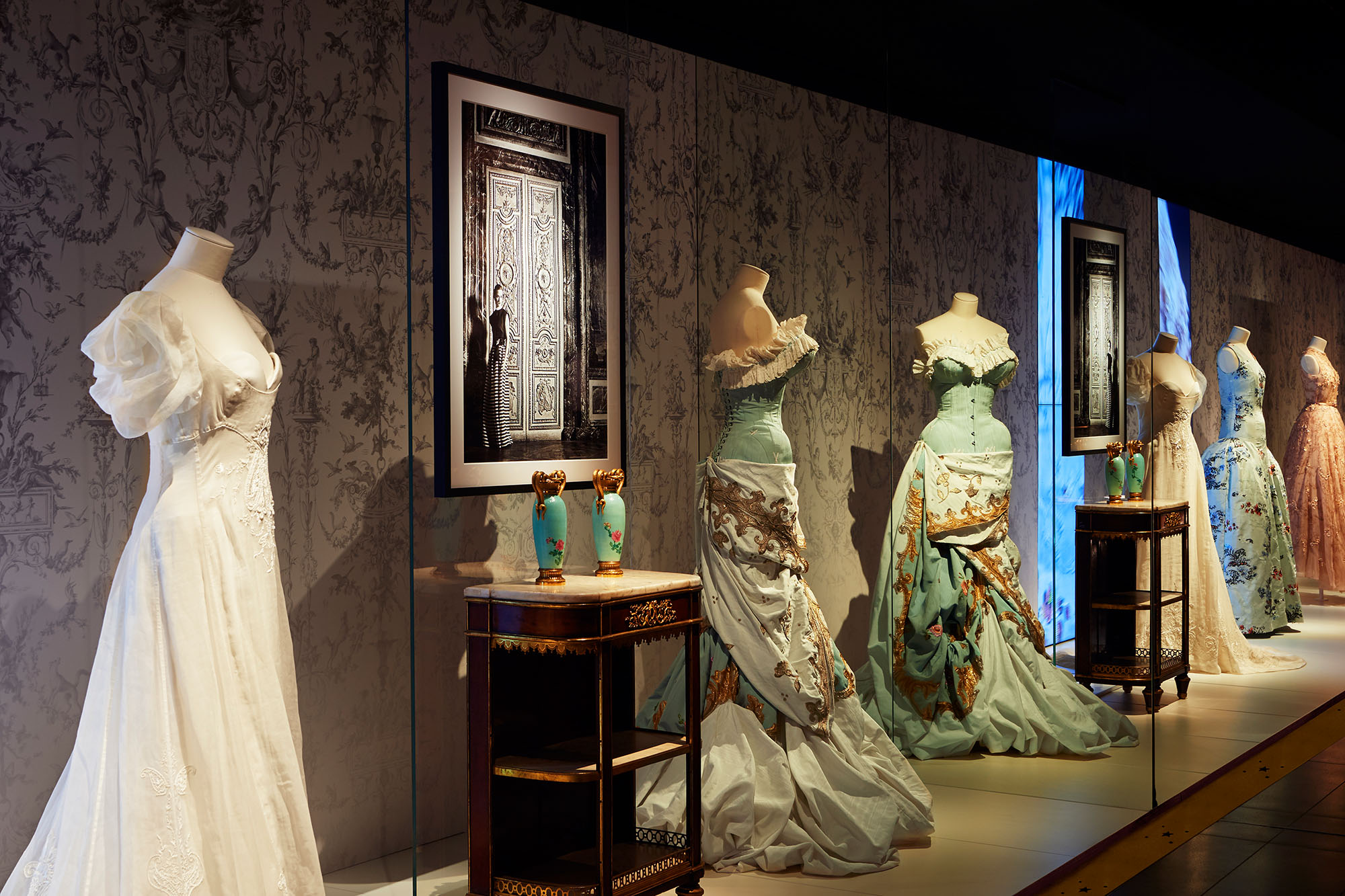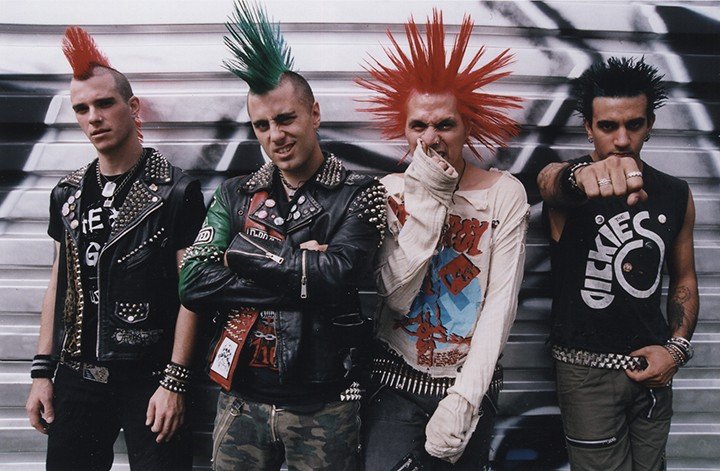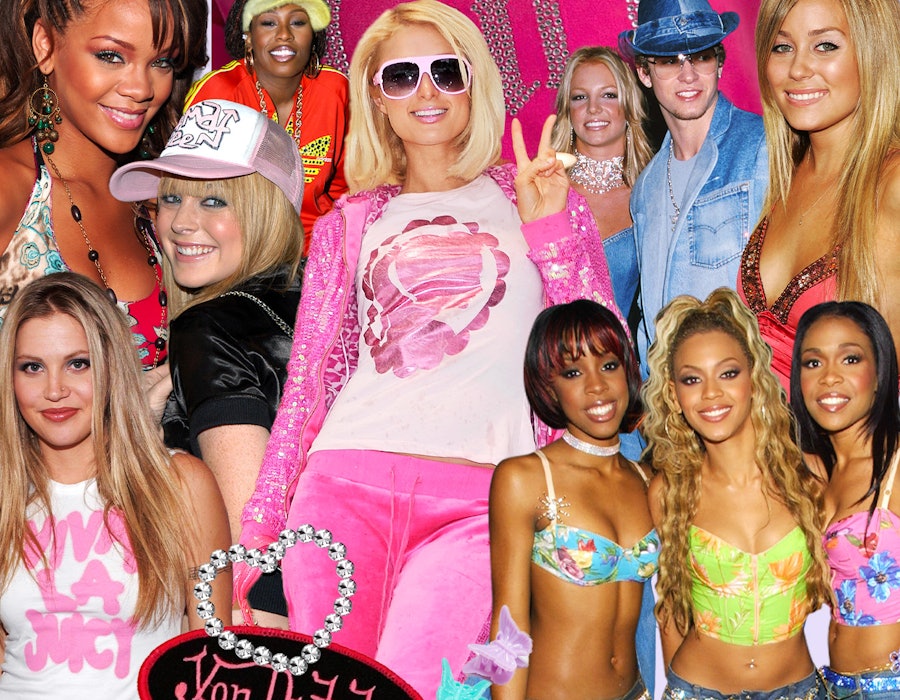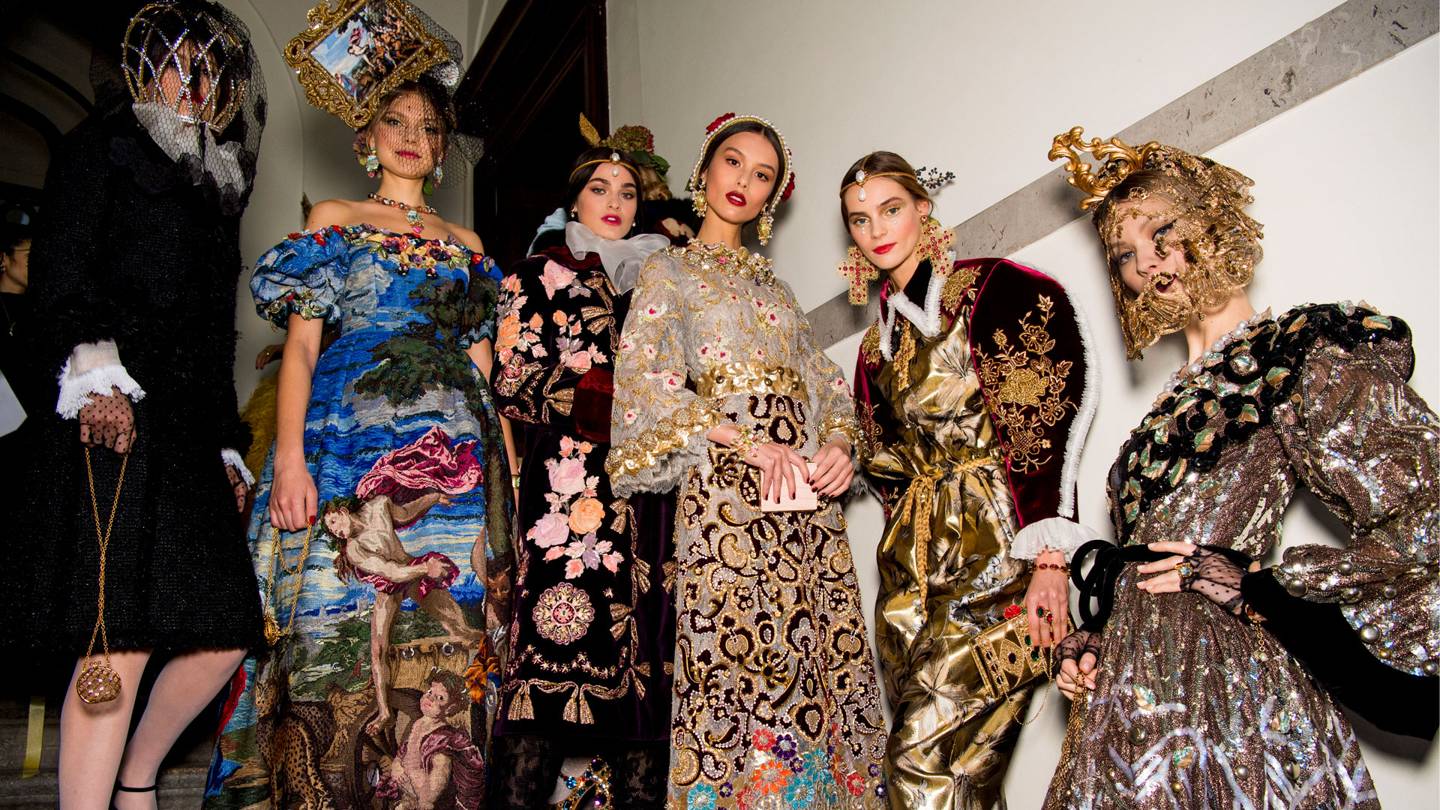In the labyrinthine tapestry of history, where every thread is woven with the stories of eras long past, there exists a realm of Setting the stage for a captivating exploration—a journey that transcends time, led by the sartorial elegance of Old European fashion. As we delve into the annals of style, we unearth not just garments, but the very essence of an era.
A Glimpse Back in Time
Picture yourself in the midst of cobblestone streets and towering cathedrals, a world where horse-drawn carriages gently echo through the cobbled alleys. Setting the stage for a captivating exploration is the opulent era of Old European fashion—a realm that breathes life into paintings and novels alike. From the flamboyant courts of Versailles to the stately grandeur of Vienna, this period heralds an age where fashion wasn’t just attire, but a proclamation of identity.
The Symphony of Textures and Silhouettes
Old European fashion is a symphony, each garment a note that resonates through time. The allure lies not just in the luxurious fabrics and intricate embellishments, but also in the unique silhouettes that adorned men and women of the time. The elongated lines of corseted gowns and the tailored frock coats of gentlemen painted a portrait of refinement, and each attire was a canvas upon which cultural tales were painted.
The use of uncommon fabrics such as brocade, velvet, and damask contributed to the richness of attire, elevating it beyond mere clothing into the realm of art. Every garment was a meticulously crafted masterpiece, reflecting the values and aspirations of an era that found expression through the language of attire.
A Glimpse into Societal Evolution
Fashion isn’t just a fleeting trend; it’s a mirror reflecting the evolution of society. The significance of fashion in reflecting cultural evolution becomes evident in the attire of Old European times. The changes in clothing styles spoke volumes about shifts in power dynamics, economic prosperity, and social norms.
Consider the ruffled collars and intricate lace of the Elizabethan era—a manifestation of the opulence that characterized the Renaissance. The subsequent transition to the simplicity of Regency fashion mirrored the ideals of the Enlightenment, emphasizing logic and reason over extravagance. As the Industrial Revolution unfurled its wings, fashion too underwent a transformation. The utilitarian Victorian attire mirrored the changing roles of women and the societal emphasis on modesty and propriety.
The Dance of Influence and Identity
Old European fashion wasn’t just influenced by societal changes; it was also an influencer, casting its elegant spell on the masses. The courts of European monarchs set the stage for fashion trends, with royalty acting as the ultimate trendsetters. From Queen Marie Antoinette’s extravagant gowns to the dandyism embraced by Beau Brummell, fashion was a declaration of status and identity.
However, the allure of Old European fashion wasn’t confined to the nobility. The emergence of fashion plates and fashion magazines in the 19th century meant that trends could now transcend social classes. The working class might not wear silk, but they embraced the silhouettes and styles that trickled down from the upper echelons of society, showcasing the democratizing power of fashion.
Timelessness in the Modern Age
As we stand on the precipice of the modern age, the allure of Old European fashion continues to enchant us. The influence of that era can be seen in contemporary haute couture and even ready-to-wear collections. Elements like corsetry, ruffles, and lace, once exclusive to a bygone era, find themselves reimagined on modern runways. This convergence of past and present speaks volumes about the enduring appeal of classic elegance.
The resonance of Setting the stage for a captivating exploration is palpable in today’s fashion landscape. Designers draw inspiration from historical archives, infusing their creations with a touch of nostalgia. In an age where trends come and go in the blink of an eye, the timelessness of Old European fashion stands as a testament to the fact that true elegance transcends the passage of time.
Embracing the Legacy
In a world that’s perpetually in motion, taking a moment to delve into the world of Old European fashion is like stepping into a time machine. It’s a reminder that every fabric holds within it a story—a story of an era, a culture, and a society that once was.
The significance of fashion in reflecting cultural evolution is more apparent than ever as we gaze upon the gowns, suits, and accessories of yesteryears. They remind us that fashion isn’t just about appearance; it’s about identity, innovation, and the ever-evolving dialogue between society and style.
So, whether we find ourselves enchanted by the regal gowns of Marie Antoinette or the impeccable tailoring of a Regency gentleman, let’s remember that the allure of Old European fashion isn’t merely about aesthetics. It’s a journey through time, a testament to human creativity, and a celebration of the artistry that adorns our history.





More Stories
Punk Rebellion: Subversion and DIY Fashion Statements
Ensuring Safety and Security: The Role of a Security Guard
New Millennium Elegance: Aristocratic Fashion in the 2000s